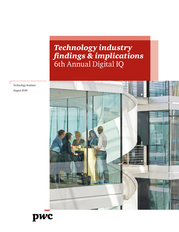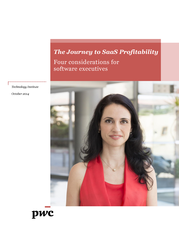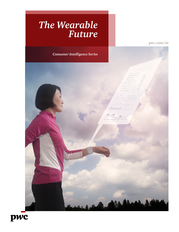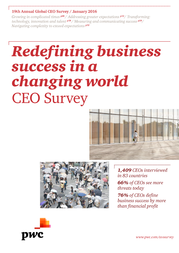Description
Relevant Audit Clients
Below is a list of our relevant audit clients that have issued transferable securities on a regulated market within
the EU:
Bank of America Corporation
International Business Machines Corporation
Caterpillar Inc.
International Flavors & Fragrances, Inc.
Dresdner Funding Trust I
JPMorgan Chase & Co.
Dresdner Funding Trust IV
Merck & Co, Inc.
E.I. du Pont de Nemours and Company
Mondelez International, Inc.
Eurohypo Capital Funding Trust II
Northern Offshore Ltd.
Federal Home Loan Mortgage Corporation
Royal Caribbean Cruises Ltd.
Ford Motor Company
Schlumberger Limited
Hexcel Corporation
The Goldman Sachs Group, Inc.
IKB Funding Trust I
Toyota Motor Credit Corporation
IKB Funding Trust II
© 2015 PwC. All rights reserved. “PwC” refers to PricewaterhouseCoopers LLP, a Delaware limited liability partnership, which is a member Firm
of PricewaterhouseCoopers International Limited, each member Firm of which is a separate legal entity.
NY-11-0849 .
NY-11-0849 .
Investor Relations Presentations
+
Investor Relations Sub Categories














